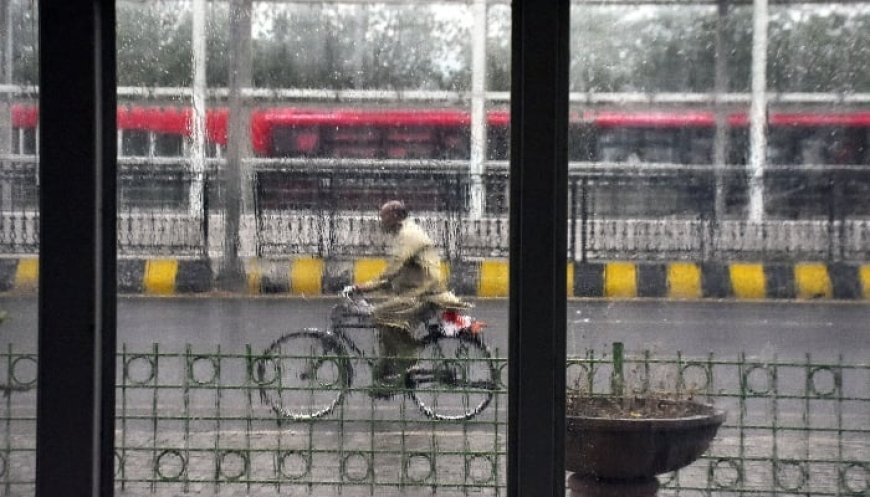Punjab on alert amid prediction for heavy monsoon rains

1.
LAHORE: In anticipation of "moderate to very heavy rains" during this year's monsoon season, the Punjab government has placed relevant authorities on high alert, as reported by The News on Monday. This proactive measure follows a weather advisory from the National Emergencies Operation Centre (NEOC) warning of "more than normal rains."
On directives from Punjab Chief Minister Maryam Nawaz, the Provincial Disaster Management Authority (PDMA) has instructed all related departments to remain vigilant. Starting in the first week of July, monsoon rains are expected to impact many parts of Punjab. Rainfall between 15 to 55 millimeters is forecasted for Rawalpindi, Lahore, Sargodha, Faisalabad, and Gujranwala divisions. In contrast, the divisions of Multan, Dera Ghazi Khan, and Bahawalpur are predicted to experience less intense and shorter periods of rain.
Monsoon activity is set to continue in Rawalpindi, Gujranwala, Sargodha, Lahore, and Faisalabad divisions with 25-35mm of rainfall expected. Isolated rains are also anticipated in Multan, DG Khan, and Bahawalpur divisions. Significant rain spells will occur in upper Punjab, while a noticeable decrease in downpours is expected in central and southern Punjab as the monsoon weakens.
The advisory notes that the specified regions are expected to receive 15-25mm of rain. Heavy rains, ranging from 50-70mm, may cause flooding in Rawalpindi, Lahore, Sargodha, Gujranwala, and Faisalabad divisions. DG Khan division could experience hill torrents. "Moderate to heavy rains" are also forecasted for Sahiwal, Multan, and Bahawalpur divisions.
The PDMA warned that the heavy rains might increase water flows in local nullahs, streams, and rivers, potentially causing riverine and flash flooding in vulnerable areas. The advisory also highlighted risks of hill torrents in DG Khan, Rajanpur, and the Sulaiman range, urban flooding in susceptible urban areas, and landslides in Murree. Additionally, dust storms, wind-thunderstorms, and heavy rains could damage loose structures like electrical poles, solar panels, billboards, tall trees, and under-construction buildings.

















































